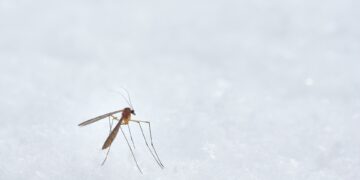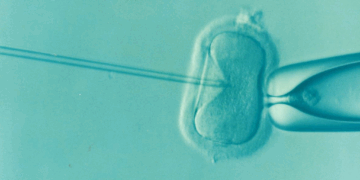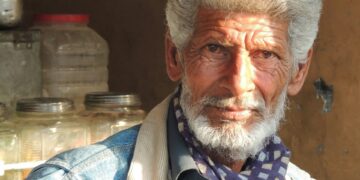This is a worrisome case.
Federal health officials have confirmed concerning new details about the first reported case of severe bird flu in the United States, which was recently detected in a patient hospitalized in Louisiana. Genetic analysis of the virus from the patient revealed mutations that could potentially enhance its ability to infect human cells. However, these mutations were found only in later stages of the infection, not in the virus samples taken from the backyard poultry flock that initially infected the patient. This suggests that the virus adapted to its human host rather than evolving in the wild, according to the U.S. Centers for Disease Control and Prevention (CDC).
Despite this, experts remain cautious. Virologist Angela Rasmussen warned that every new human case provides the virus more chances to adapt to human hosts, which could increase its potential to cause harm. The CDC reassured the public that there is no evidence of the virus spreading from the Louisiana patient to others, and the mutations alone are not likely to result in person-to-person transmission.
Interestingly, the virus from the Louisiana case shares similarities with vaccine candidates for bird flu, though Rasmussen questioned why these vaccines are not being used to protect high-risk groups, like farmworkers, who are most exposed to the virus. Since April, there have been 66 reported cases of H5N1 avian flu in the U.S., though these have mostly resulted in mild symptoms and have resolved with treatment.
The Louisiana case marks the first instance of severe illness linked to the virus in the U.S., with most previous infections occurring in workers at large poultry farms. This is also the first known case tied to exposure to a backyard flock. While the CDC acknowledged that severe cases of H5N1 in humans were anticipated, the case underscores the need for caution among those with close contact with birds.
Health authorities have emphasized the importance of precautions for people who work with or around birds, including poultry farmers and bird enthusiasts. In December, Louisiana officials confirmed that the infected individual had been exposed to sick and dead birds suspected to have been carrying the H5N1 virus.
The virus has been spreading in both wild and domestic birds across the U.S., and the CDC continues to monitor the situation, noting that while the immediate risk to the general public remains low, further investigation is needed. Experts urge continued vigilance, but caution against panic, while advocating for increased research and resources to better understand the virus and prevent its spread.

































Discussion about this post